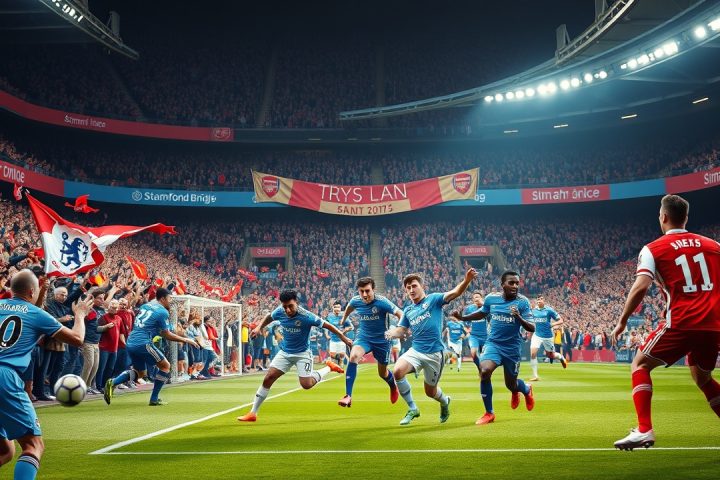Understanding the Discovery List in MLS
In the realm of Major League Soccer (MLS), the concept of claiming players more resembles a game of chance than a straightforward recruitment process. This was remarkably illustrated in the recent transfer of Thomas Müller, a renowned German footballer and World Cup champion, who made headlines after signing with the Vancouver Whitecaps. Müller’s entry into MLS was facilitated through a unique mechanism known as the Discovery List, a regulation that has consistently puzzled observers of the league.
The Mechanics of the Discovery List
The core of the Discovery List allows MLS teams to claim up to five non-MLS players for potential acquisition, creating an order of priority in negotiations. If clubs identify the same player, the original claim or the team with the lower performance record is given precedence. In a rare instance involving Müller, the Vancouver Whitecaps paid FC Cincinnati a reported sum of $400,000 to secure the discovery rights, a move that highlights the strategic negotiations occurring within the league’s structure.
Criticism and Defense of the System
This kind of complicated setup is not typically found in other major football leagues around the world, where player transfers usually follow more direct paths. Critics have pointed to this structure, with one anonymous team executive labeling the Discovery List process as “embarrassing” and unnecessarily complex. MLS officials defend the system, asserting it promotes fairness among teams—especially those with fewer financial resources—by limiting bidding wars that could escalate player costs. The mechanism is seen as a way to maintain competitive balance, giving smaller market teams an opportunity to secure big-name players without being outspent by wealthy franchises.
Financial Management and Competitive Balance
As teams like San Diego FC emphasize prudent financial management, the necessity of a balanced approach becomes increasingly apparent. Tyler Heaps, the sporting director for San Diego FC, remarked that the Discovery List can prevent wealthier teams from monopolizing player acquisitions and instead gives clubs like his a fighting chance in negotiations.
Room for Improvement
Patrick McCabe, a seasoned agent who has represented over 150 players entering the MLS, echoed similar sentiments. While acknowledging the Discovery List as a necessary framework, McCabe suggests there is room for improvement. He proposes changes, such as limiting the duration a player can remain on a Discovery List and advising the league to inform players and agents when they are added to such lists.
Challenges Faced by Newcomers
Vancouver’s experience with Müller has exemplified both the potential and the pitfalls of the Discovery List. The complexities inherent to this system can intimidate newcomers to MLS, including players and their representatives who might find the limitations frustrating. One executive shared an anecdote about a high-profile player who, after learning of the rules surrounding discovery, ended up signing with a different club due to the drawn-out negotiations.
The Future of the Discovery List
MLS maintains that the Discovery List is an effective tool, with numerous successful transactions completed each year under its guidelines. Yet, as the league evolves and navigates its third decade, a debate continues over whether the Discovery List should be revised, simplified, or entirely discarded. The consensus is that while it offers protections and opportunities, its convoluted nature raises important questions about its overall efficacy and the experience it creates for players and clubs alike. As clubs like the Whitecaps hope to integrate players like Müller into their rosters for long-term benefits, the Discovery List remains a crucial if contentious, part of the MLS player acquisition landscape.




